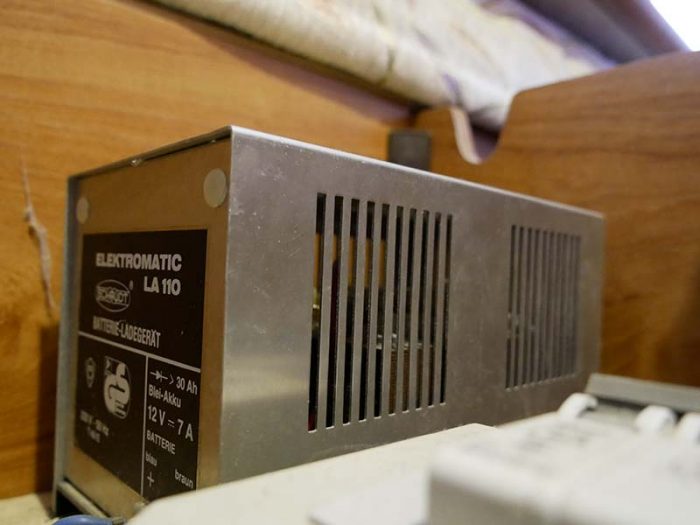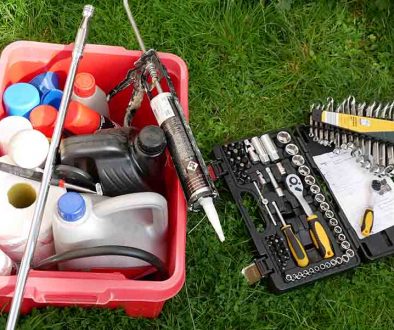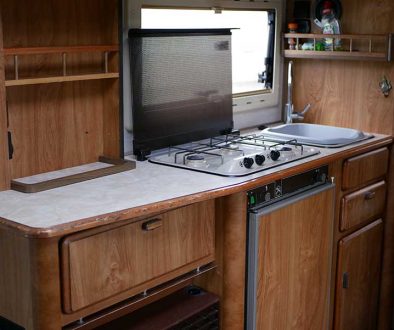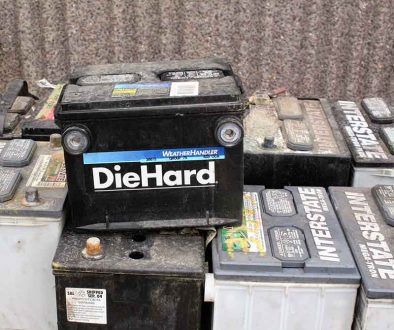Best Replacement Battery Charger for our old Motorhome
After literally months of research and trying to work out what is the best battery charger for our old motorhome I finally settled on one. It was a difficult choice, weighing up power requirements, battery types, battery protection, the size of the leisure battery set up.
The best battery charger for our motorhome is the Victron Blue Smart 12V Battery Charger. This charger was able to charge the battery in a decent amount of time. It has enough power to bring the battery back from a serious discharge. It also has a few nice features that make battery care a bit easier, removing any guesswork. It will charge most battery types.
Here is some of my thinking when trying to select a charger.
Why is the motorhome battery charger so important?
The battery charger is the component that will care for your leisure battery. A leisure battery is not cheap. We took a long time choosing the battery for our motorhome. There are plusses and minuses to all the battery types. You have to work out the best one for you. The cheapest batteries are over £100, so they are an investment
You want to get the most from that investment. The charger is what is going to make sure your battery is in the best condition it can be.
A charger if chosen correctly will save you a lot of money in batteries and with a bit of care will help you get the best out of your battery.
How We Chose Our Battery Charger
What we first had to determine was our power requirements.
It’s important that the charger can put out enough power to charge the battery fully. A lot of chargers do not produce enough power to charge a battery within a decent time frame.
If you are constantly on a campsite and you are plugged in all the time you are probably not going to notice and could get away with a less powerful charger.
If you are doing any free camping then you will need your batteries to be well looked after when you plug your motorhome into the mains.
You must have a good idea what size of battery you will need and will there just be the one?
We have a 110ah leisure battery. This meant that we required a battery charger that can put out at least 11 amps.
There are a couple of things you have to consider when you are choosing a charger.
- Did the motorhome come with a two-leisure battery set up?
If your motorhome was manufactured with a two leisure battery set up then there is a good chance that the charger you have will cope with the two batteries – double check that it can.
Our motorhome had an extra battery fitted but was on the original charger. The original charger output was rated at 7 amps. It was connected to a two-leisure battery set up which is way underrated for the size of the batteries.
The total power was 230ah so I would need a charger capable of putting out at least 23 amps, more than three times the power of the original charger.
This might explain the poor condition of our leisure batteries when we purchased our motorhome. The batteries never really got up to full power.
- What is the size of the charger currently installed?
Most classic motorhomes were probably fitted with a one battery system, so if you or someone else added a second battery the charger will be underpowered. Check and see what size the charger is and make sure it is capable of charging your batteries set up.
- If you are upgrading your charger can the wiring take the extra current?
If you need a larger charger you may have to upgrade the wiring to your battery. If a charger, like ours, is going from 7amps to 20 amps can the wiring take that extra power? If there is any doubt then upgrade the wiring. If you don’t you will not be getting the best from your charger or in the worst-case scenario you may overload the cable which will cause all sorts of problems.
- Is the charger capable of charging the battery set up you have?
Make sure the battery charger can put out at least 10% of the power of the battery bank you want to charge. If you have a battery bank that is 230ah, you will need a 25 or 30amp charger. This allows the charger to bring the battery back up to power quickly which helps to reduce the risk of sulphation.
Make sure you know your system. The information in this blog is based on the Hymer motorhome with a standard charger setup. The charger in the Hymer is used as a charger only, some motorhomes may have a charger that can supply power as well. These chargers are a lot more expensive. Take some time to get to know your electrical supply system, both the mains, and 12volt systems for your particular vehicle.
What we were looking for in a charger
The charger had to be large enough to deal with our battery, be quiet, be smart and be able to charge various types of batteries such as gel and lithium just in case we decide to upgrade the type of battery we use.
The charger should be capable of bringing the battery to full charge from full discharge overnight. Our battery is 120ah so a 20 amp charger should, in theory, be able to bring the battery to full power in about 6 to 8 hours (very rough calculation). If we upgraded our battery to two, giving 240ah it would take 12 to 14 hours to charge. This is adequate for our needs now and in the future.
A smart charger should keep your battery in good condition and should make a good job of reviving your battery if you discharge it too much.
The Victron chargers do seem to be that best. I expect it to last a long time – the original charger lasted nearly 30years.
I also wanted to get a charger that is a bit over what we need so we have room to upgrade in the future.
Why choose the Victron
These chargers are not cheap but after a lot of research, I found they are the best suited to our needs. It seemed to be the best for our set up and I should not have to worry too much about battery health once installed.
With batteries needing to be replaced every 5 years or so, you want to replace them as little as possible and if possible extend the life of the battery.
The Victron chargers have several different programs that can bring your battery back to health and maintain the battery to keep it in good health.
The charger we chose has Bluetooth allowing you to check the state of charge of the battery and to control the charger without having to get to the charger.
It has a night mode which puts the charger into silent mode. This is great if you have the charger fitted under a bunk. It will automatically go to full power after 8 hours. The charger itself is not noisy but when you are in the quiet of the night you can hear a buzzing, put it into night mode and you have silence. Great feature.
Check out the cost here at Amazon (the amazon seller has put together the most confusing page. It is not even worth putting in a link to it. If the page changes I will update) or eBay.
Other chargers worth looking at;
The Ctek M200 – This seems to be a good charger but is limited to wet batteries – lead acid type. If you only have a lead-acid battery and won’t change it this is a good charger.
Victron Blue Smart IP65 Charger 12/15 – This is a good little charger, although just a little underpowered for our needs. Be aware this charger has a European plug fitted as standard.
Conclusion
The charger we chose may not be for everyone. Make sure you know your needs, the type of batteries you have, and what you are considering in the future. Once you enter into the battery charging world prepare to spend a long time hunting down what you need. It was way more complex than I expected.





October 18, 2020 @ 18:02
Please write more along these lines? It’s been very useful for people.